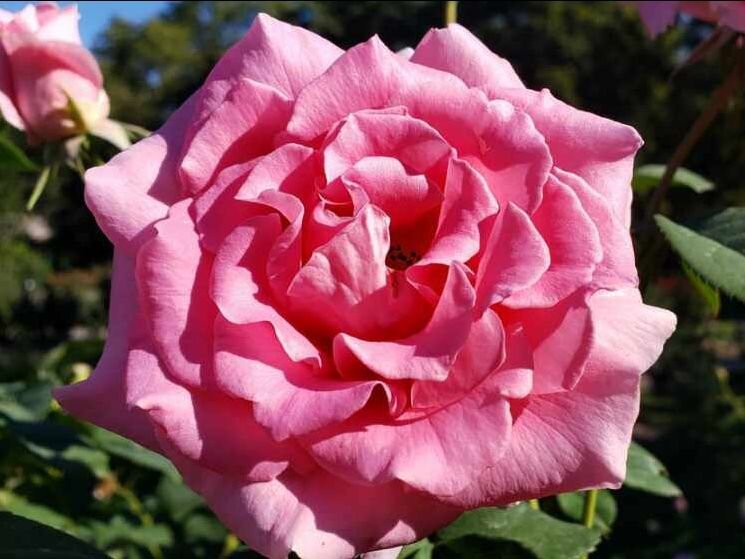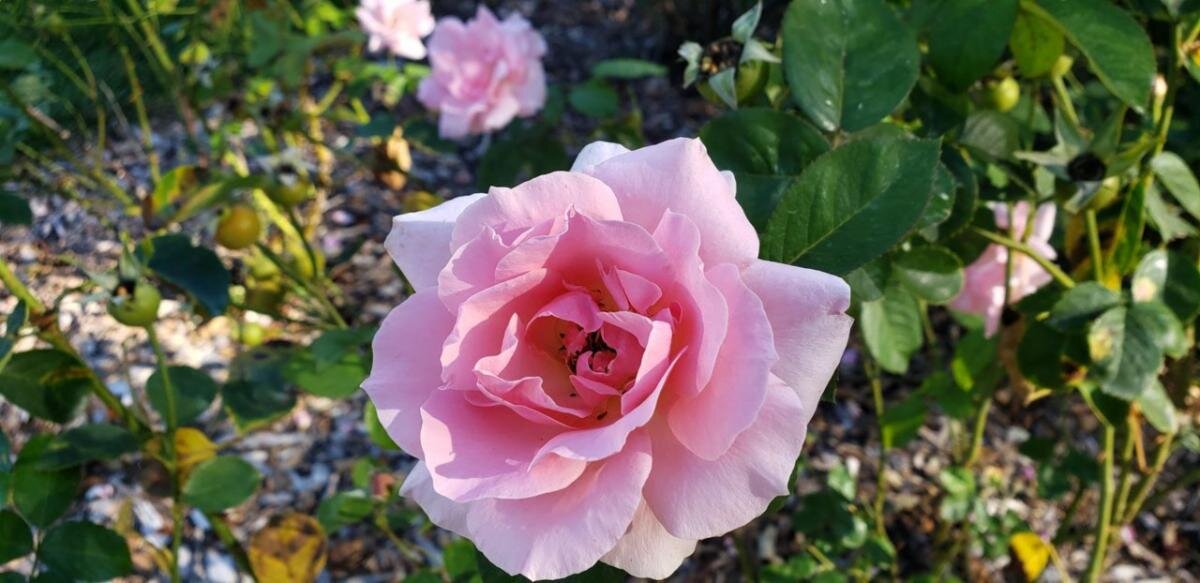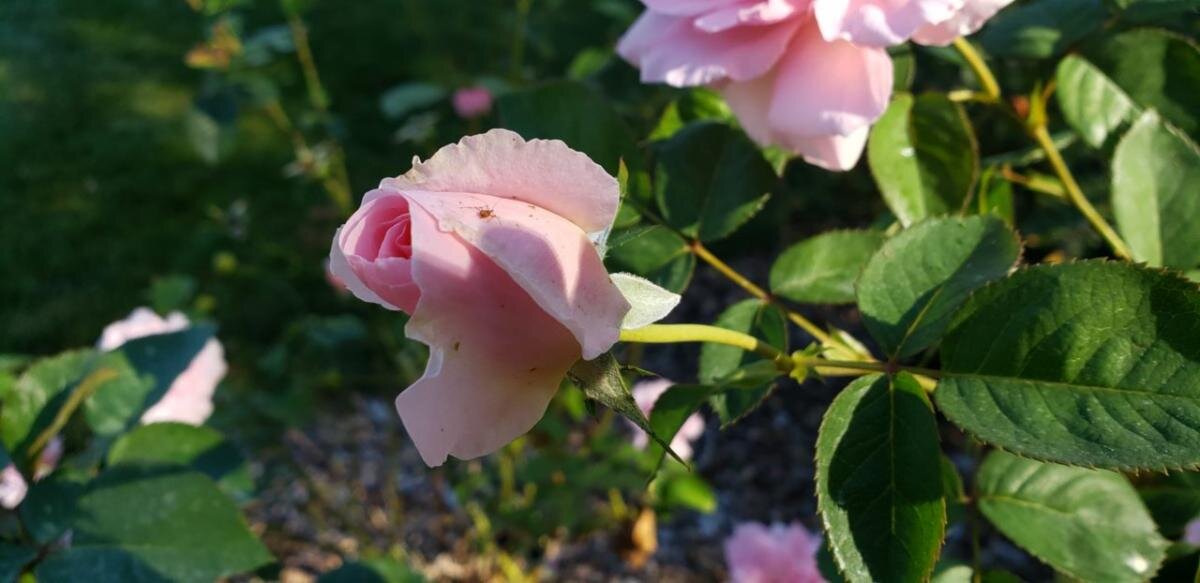August: Month of grandeur; Exalted and Glorious (August 2021 Newsletter)



A near and dear one suggested that I constantly talk about religion and Hinduism. Another suggests that the conclusion to whatever I talk about is always, “The One”. The latter is true, the former not so much. While to the casual reader these articles would appear to be religious topics, Hindu-ism is not an ‘ism’ at all. And thereby I mean that it is not a religion. The word ‘Hindu’ refers to those who lived on the banks of the Indus River. ‘Hindusthan’ is another name for India, and is the land (sthaan – land where these natives live). Essentially made up of heterogeneous peoples with varied cultures, Hinduism has been presented as monotheistic or believing in one God, polytheistic - in many Gods. (Indeed, worship can be mystical, moral, or religious, and ultimately a deep sense of spirituality is what is transforming and creating joy (ananda). It doesn’t really matter what religion one follows.) Hinduism is monism, where the idea of one, two or endless gods is seen as reducing this pulsating Source and Intelligence to a finite number. Numbers are limiting and the Divine is limitless. The One referred to above is the source from which all comes, and to which all returns and is not a number like 1 or 1,000.
How do we know what this intelligence is? Traditionally, there are three primary means to ‘discover’ the Supreme Intelligence.
Experimental (vai-sheshika) using logic or Nyaya. This has to do with seeing the impermanent or destructible form of things.
Cosmological or in modern scientific terms, as in Quantum Mechanics, (Samkhya). This uses direct supra-mental experience as in Yoga mind training.
Metaphysical (Vedanta) with language as its means, uses dialectics and semantics of all the many seers (rishi, pronounced rhi-shee) who have received direct wisdom through their chanting, meditations, writings, insights and so on, through Mahavak (Ma-haa as in Supreme or the highest, vak - uttered words.) These are the chants, mantras, practices that repeated frequently, incessantly, become second nature to one, and create magical effects such as calmness, acceptance and awareness and love and in more developed states access past and future time and events and even change their course.
Following are the four practical Mahavak that we use in class from time to time and all refer to Brahma/Brahman representing Pure Consciousness pervading everything but which Itself is without shape or form.
Prajñānam Brahma (प्रज्ञानम् ब्रह्म) “Awareness/Consciousness is Brahman," (Pra meaning Supreme, jnana - knowledge)
Ayam Ātmā Brahma (अयम् आत्मा ब्रह्म) - "This Self is Brahman" (Atman or Self/soul)
Tat Tvam Asi (तत् त्वम् असि) - "That You are, or You are that” (tat - That which is Real, or True)
Aham Brahmāsmi (अहम् ब्रह्मास्मि) - "I am Brahman" (Aham means I am)
Each is drawn from the original insights in the different Vedas and formed into practical meaningful statements in the later Upanishads. They have been passed down the centuries by word of mouth.
Namaste,
sipra
